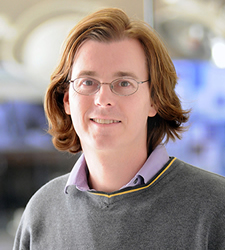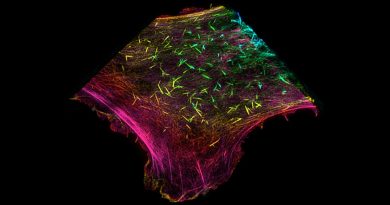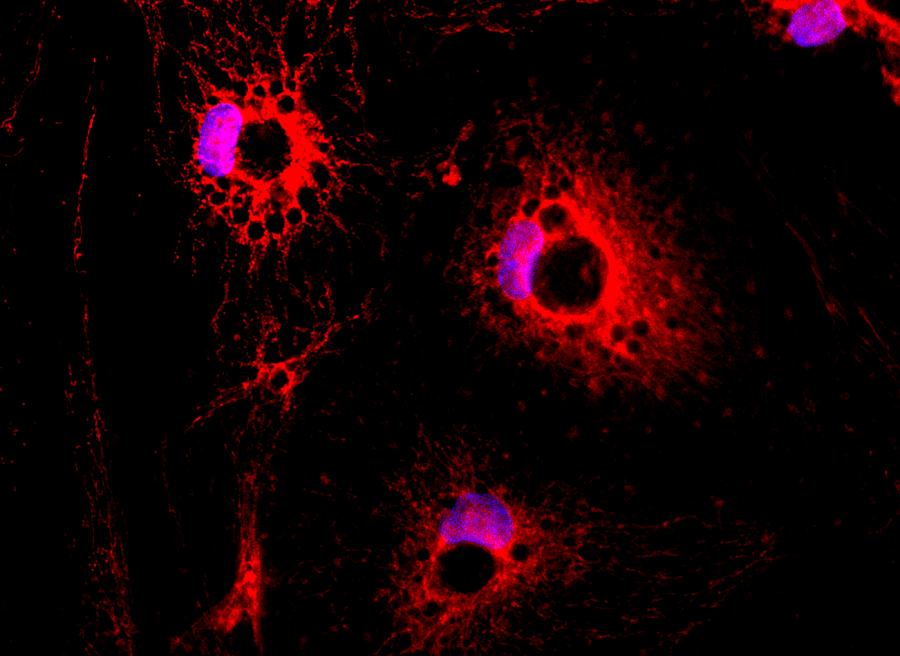Unprecedented initiative will sequence genomes of all known species
In what is perhaps the most ambitious biological proposal since the initial Human Genome Project, an international group of researchers, including a team from Baylor College of Medicine, seeks to sequence every known species that calls planet Earth home.

Ever since the completion of the Human Genome Project, scientists have become increasingly interested in sequencing the genomes of more cultures and populations of humans, as well as various species of animals and organisms. Their goal is to better understand evolution, adaptability and disease susceptibility.
The unprecedented initiative aims to sequence each of the roughly 1.5 million species of eukaryotes – all living organisms with a clearly defined nucleus – that have been described in modern science. However, this number can actually be much larger as scientists have estimated it to be upward of 15 million species, most of which have yet to be identified.

“There are several reasons, both philosophical and practical, as to why this global initiative is crucial,” said Dr. Stephen Richards, associate professor in the Human Genome Sequencing Center at Baylor. “The Earth BioGenome Project will demonstrate the value of life on Earth, provide a comprehensive understanding of the primary genetic data of life, reveal insights into future novel therapies and drug development and connect the large population of urban humans to the ecosystems that exist, may be in jeopardy, across the world.”
Major advances in sequencing technology have significantly decreased genome sequencing costs. Consequently, the overall cost would be less than that of the Human Genome Project. Independent of other partner institutions across the globe, the Human Genome Sequencing Center at Baylor currently can execute 30,000 genomes per year.
The greatest challenge facing the initiative, which has an estimated 10-year timeline, is to locate each species and collect samples for sequencing. On strategy is to access the expansive existing collections curated through museums, zoos and conservatories.
“Natural history museums and botanical gardens will play a key role in the project by providing expertise in the classification of biodiversity and genomic samples,” said Dr. W. John Kress, Distinguished Scientist and Curator of Botany at the National Museum of Natural History at the Smithsonian Institution.
The time for this project on planet Earth is now,” said Richards. “It is important to recognize the value of these data and of all life on Earth as we race to cope with habitat changes and loss of resources.”
“The gift of knowledge to all of humanity is the greatest legacy of this initiative. We hope that this paper galvanizes stakeholders to take action to help us realize that legacy,” said Richards.
Read all the details of this project and a full list of its contributors and their affiliations in the journal Proceedings of the National Academy of Sciences.


